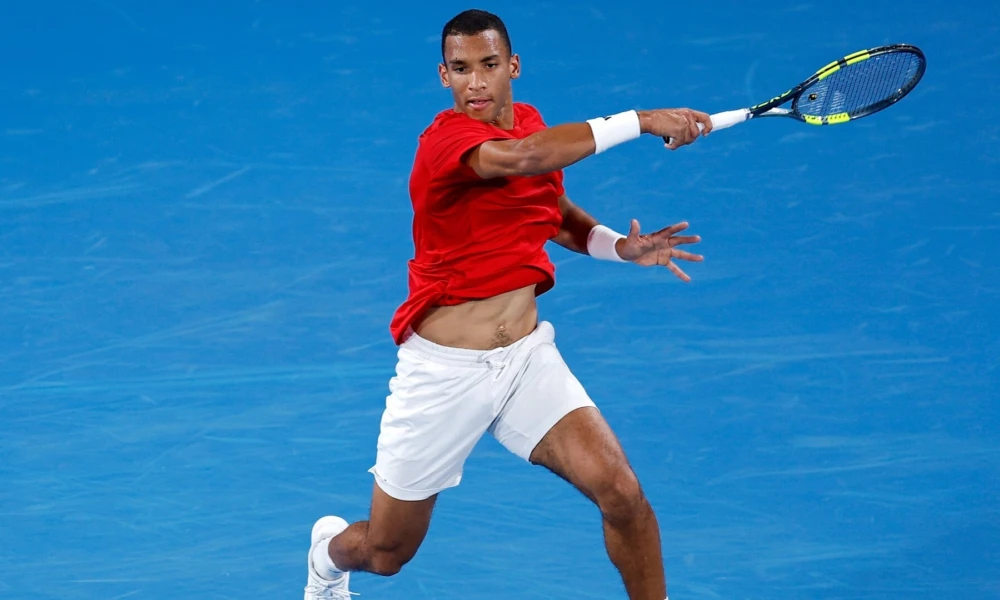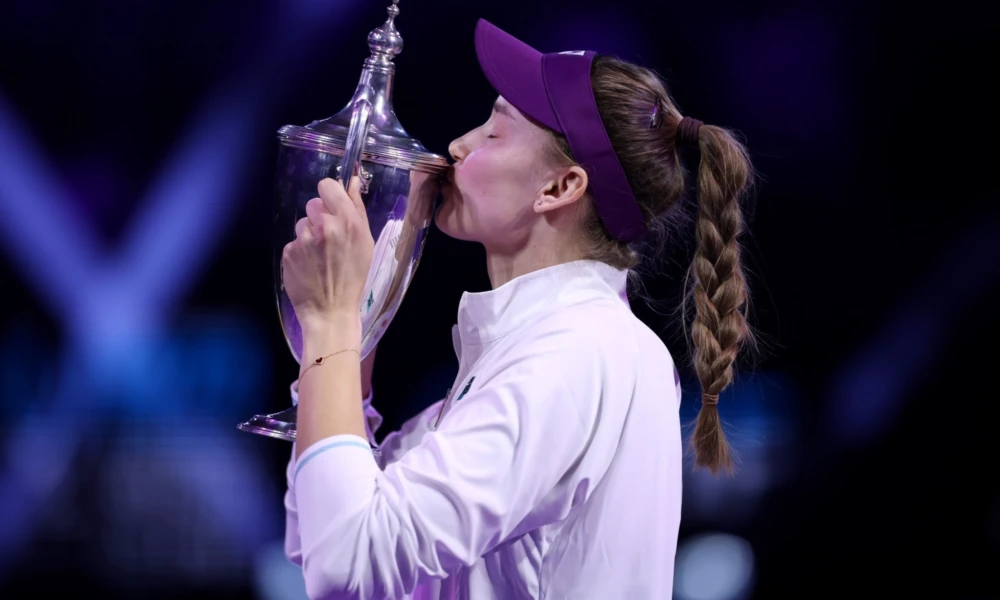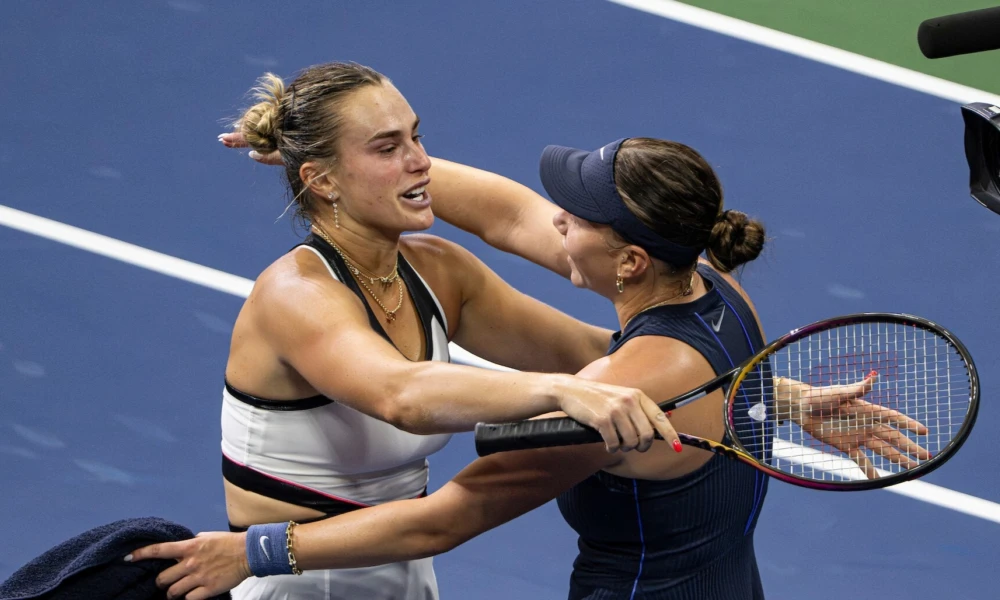When something happens once, it may be a fluke. Twice, and it may be a coincidence. Three times, and it’s clearly a trend.
Now, imagine several times.
If WTA headliners have spoken out about the mental health challenges they’ve faced, other players are likely going through something similar.
There was Naomi Osaka, then Bianca Andreescu, then Paula Badosa and now Amanda Anisimova.
The 21-year-old American recently announced she was going on an indefinite break to take care of herself. In doing so, she joins a group of famous names who’ve faced stress, exhaustion and, as you might expect, great distress.
Since players have started opening up about their experiences in an effort to find solutions, their once puzzling struggle has become increasingly understandable.
Bianca Andreescu, the most successful singles player in the history of Canadian tennis, made us all more aware of this reality when she put tennis on the backburner after the dazzling start to her career in 2019.
One of the early highlights of Tennis Canada’s gender equity commitment was the launch of the “Girls. Set. Match.” campaign with Bianca Andreescu in 2021 with a goal of retaining girls as tennis participants.
In March, Tennis Canada, in partnership with National Bank, proudly unveiled Game. Set. Equity., an ambitious and holistic strategy which details how Tennis Canada will advance equity for women and girls at all levels of the tennis ecosystem in Canada, from playground to the pro tours.
And there’s the Mental Timeout program that got underway during the National Bank Open and was welcomed by players and tennis as a whole.
Last summer, Bianca agreed to lend her image to the initiative, which resonates with her.
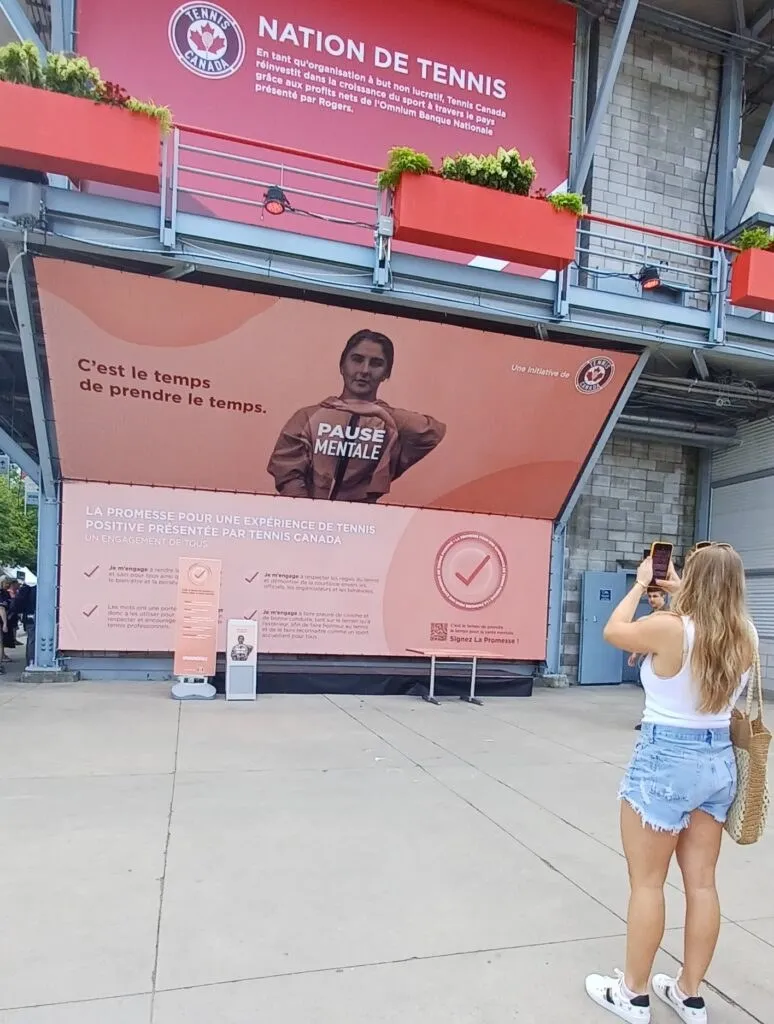
But back to Amanda Anisimova. The news of her hiatus spread quickly after she shared her feelings in an Instagram post on May 5.

In 2018, she was only 16 years old when she crossed the threshold of the Top 100.
A year later, she won the WTA 250 in Bogota and found her way to the semis at Roland-Garros, where she fell to Ash Barty in three sets.
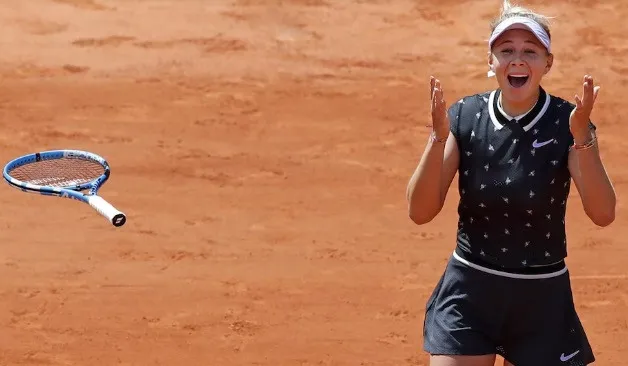
But the next four years proved to be a lot tougher. She got close to the Top 20 but never found her way in. She secured solid wins against the likes of Svitolina, Kasatkina, Pliskova, Gauff, Osaka, Bencic and Sabalenka, but there were some difficult losses too.
In 2019, tragedy struck when her father and coach Konstantin Anisimov passed away unexpectedly just a week before her birthday and a few days before the US Open.
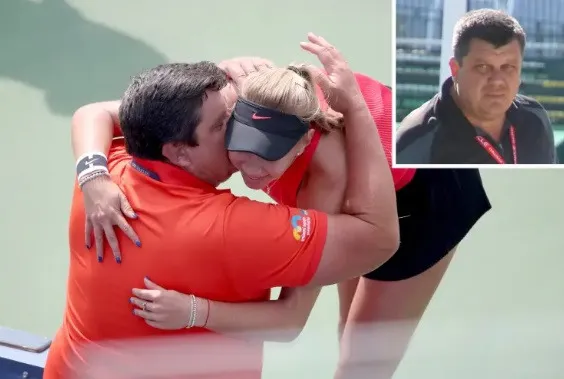
Many of us remember her match on March 13, 2022, in Indian Wells. Amanda was up 6-2, 5-4 (40-0) against Leylah Fernandez but dropped four match points and then abruptly retired.
Her pain was palpable.
And who doesn’t remember Naomi Osaka at Roland-Garros in 2021? Her refusal to sit for interviews was the first cry for help that led to her break.
In Break Point, we watched Paula Badosa recount her four-year battle with depression. She never stopped playing but also never stopped telling herself she was disappointing fans every time she lost a match.

This is a defining time for tennis. The topic that no one ever mentioned just a few years ago has become far more open and better understood.
Tennis Canada is leading the way in tennis and indeed all sports with its initiatives and commitments to support the players who want to talk about their experiences. It’s most recent call for action came just a day before Amanda Anisimova’s announcement.
